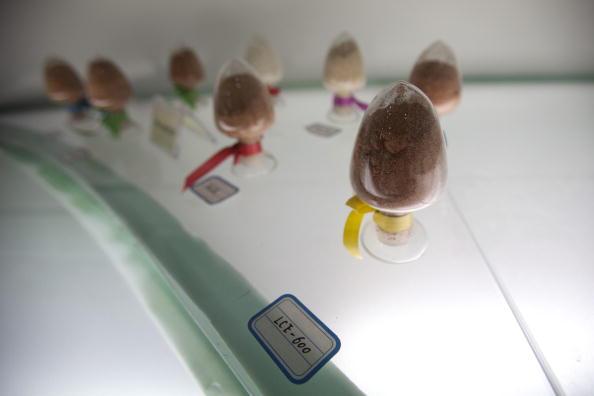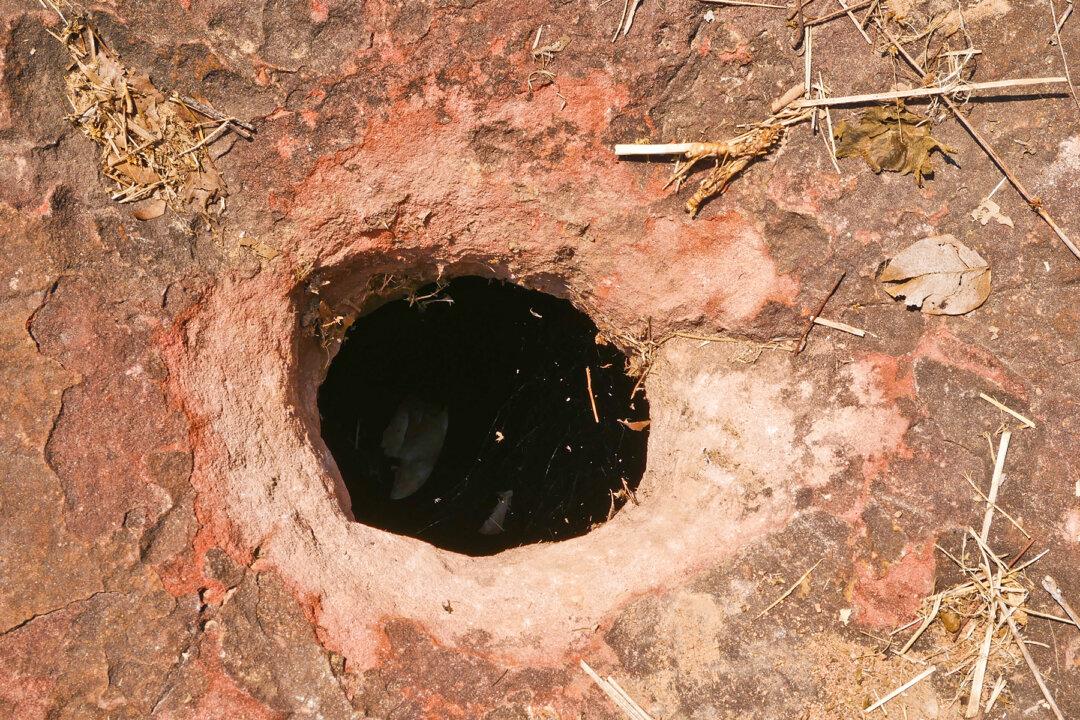China’s vessels have consistently violated Japan’s exclusive economic zone (EEZ) for a nefarious purpose. The EEZ is an area of ocean around a country’s coastline over which the country has exclusive rights and jurisdiction, according to the U.N. Convention on the Law of the Sea.
Japanese newspaper Yomiuri Shimbun reported on April 14 that the Chinese regime sent vessels into the Japanese EEZ repeatedly without the Japanese government’s consent, in the name of conducting surveys of the ocean floor. The Chinese ships then collected rare-earth minerals and specimens of rare deep sea creatures, according to the report.




